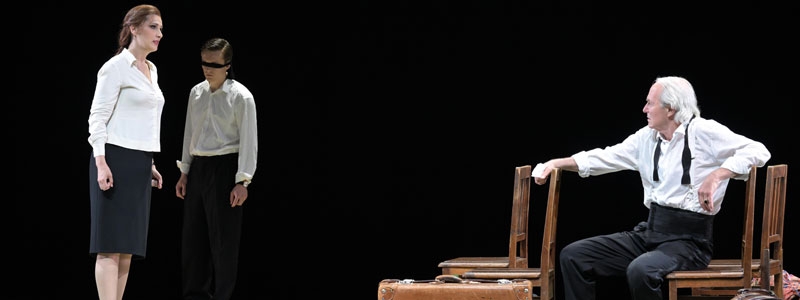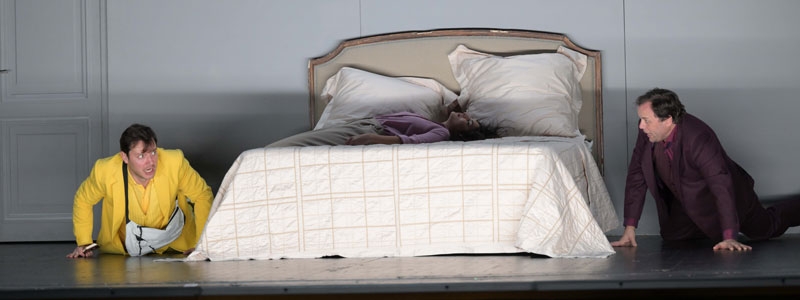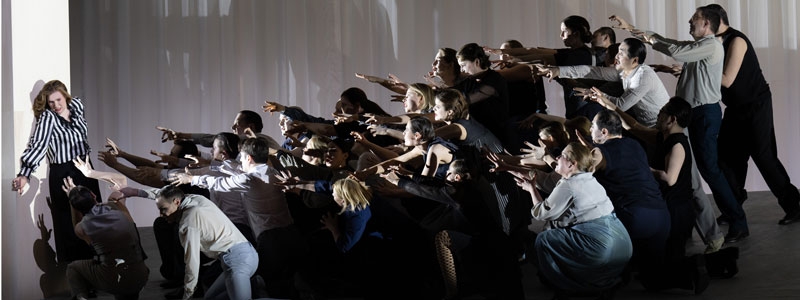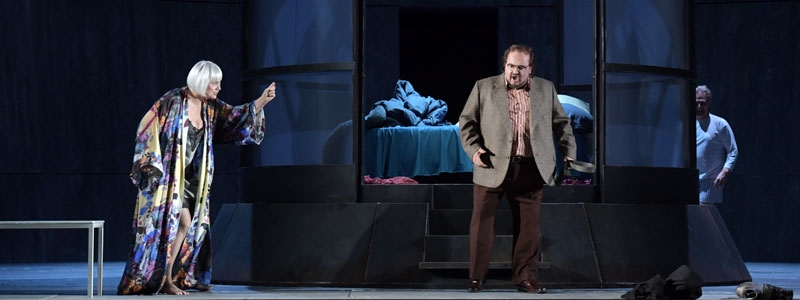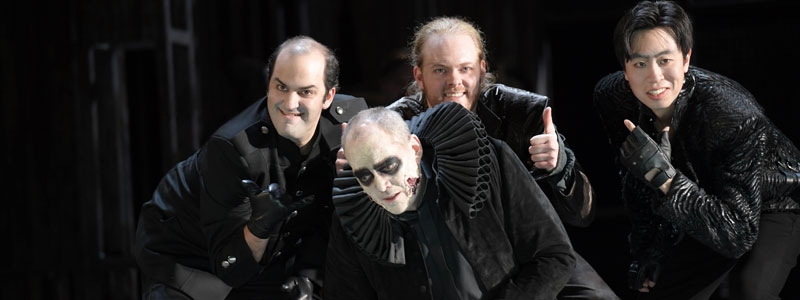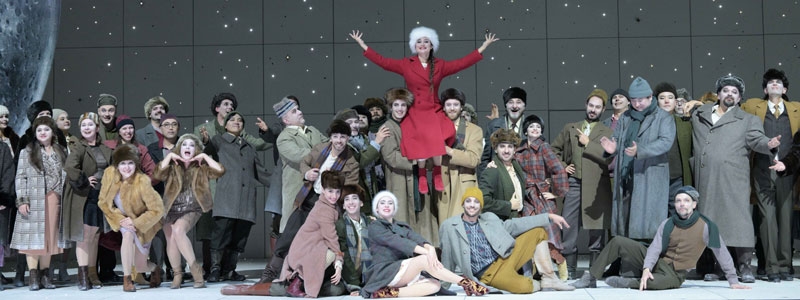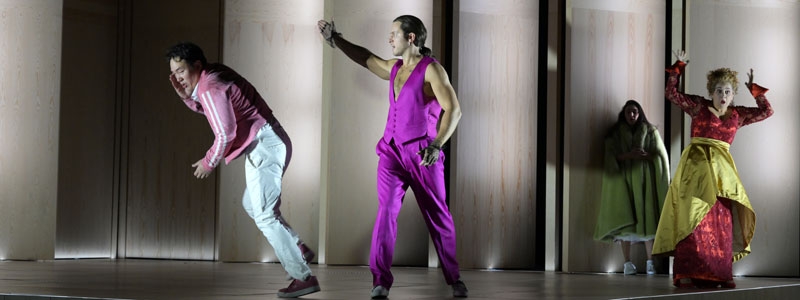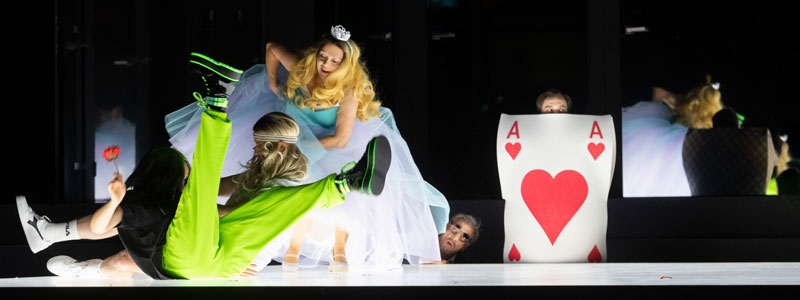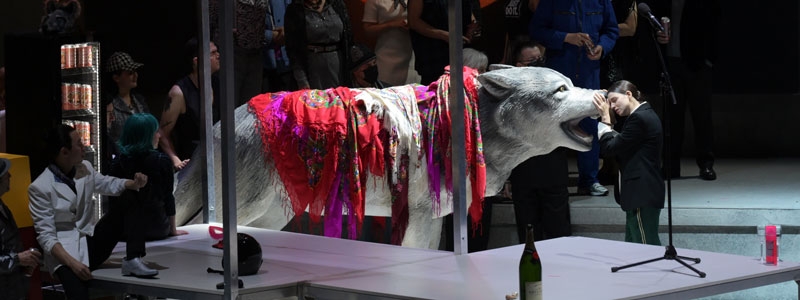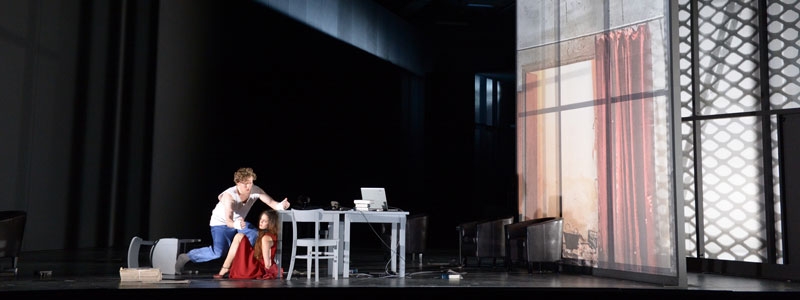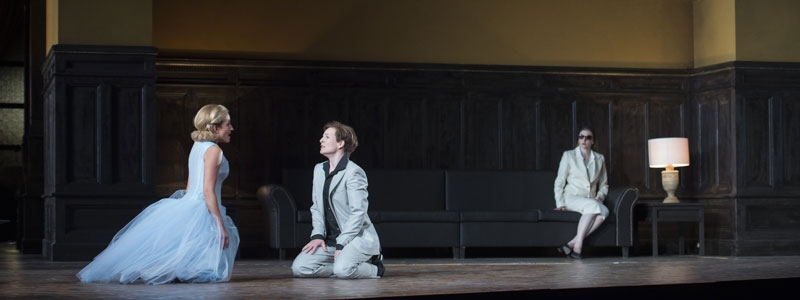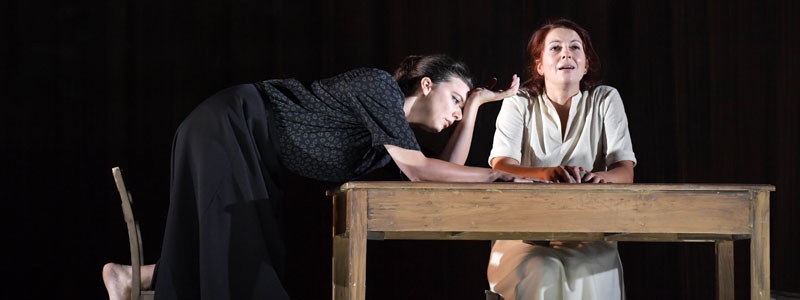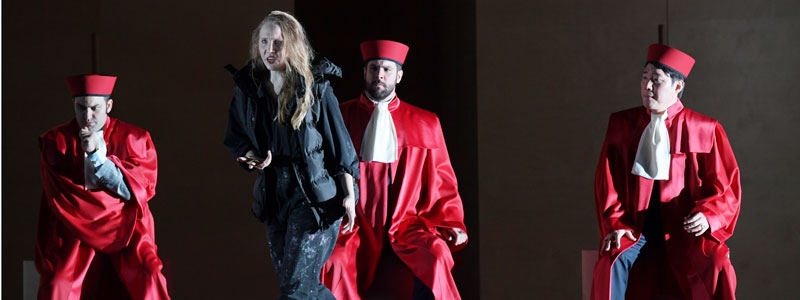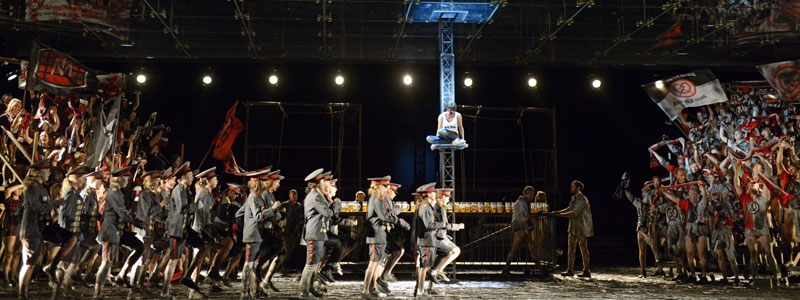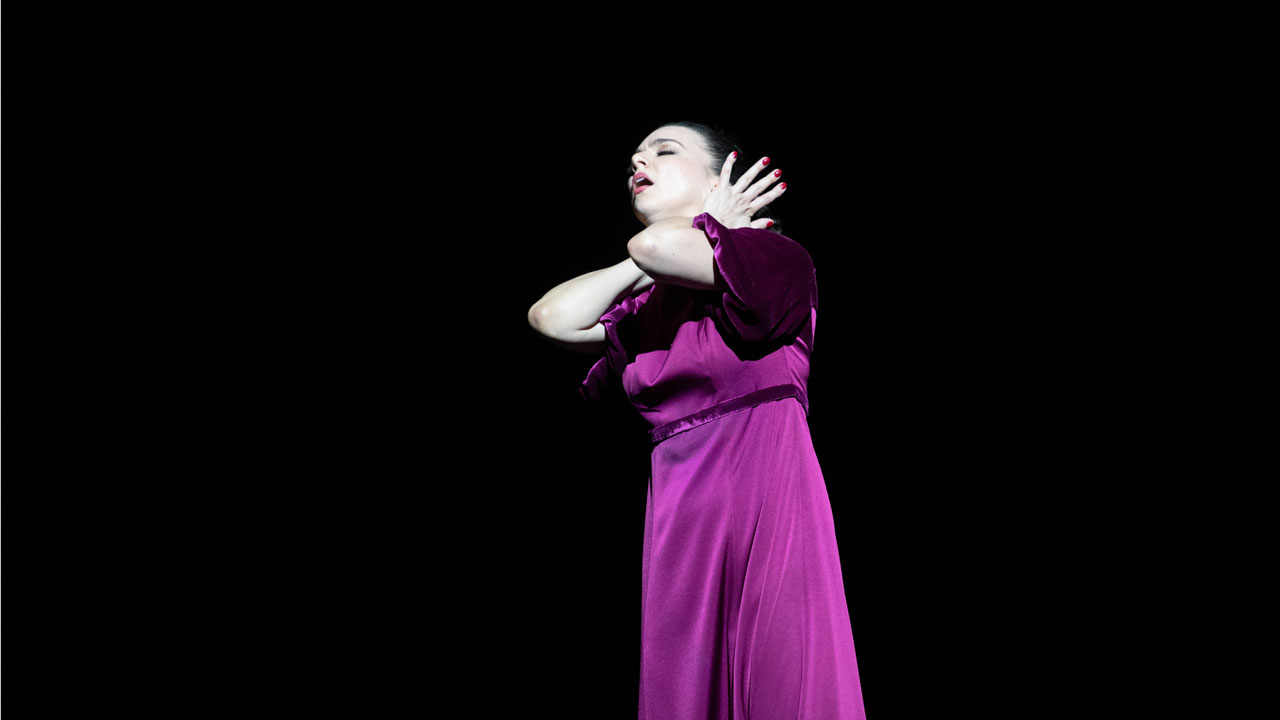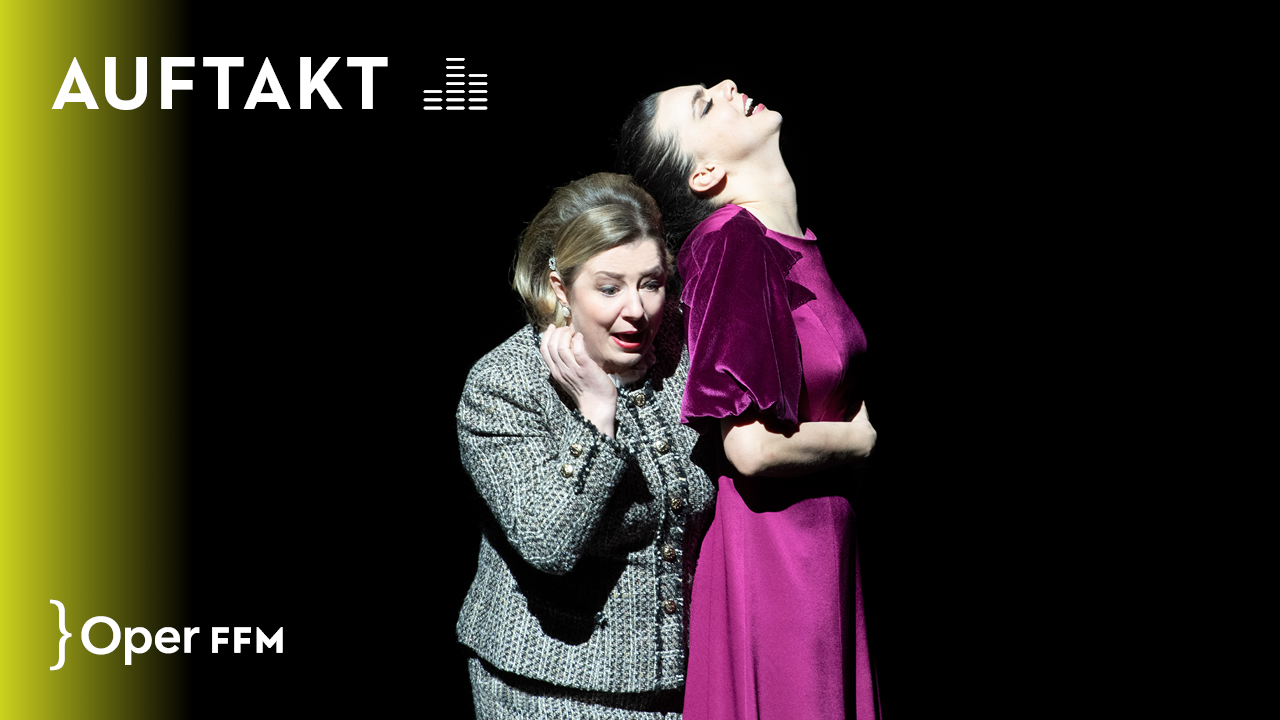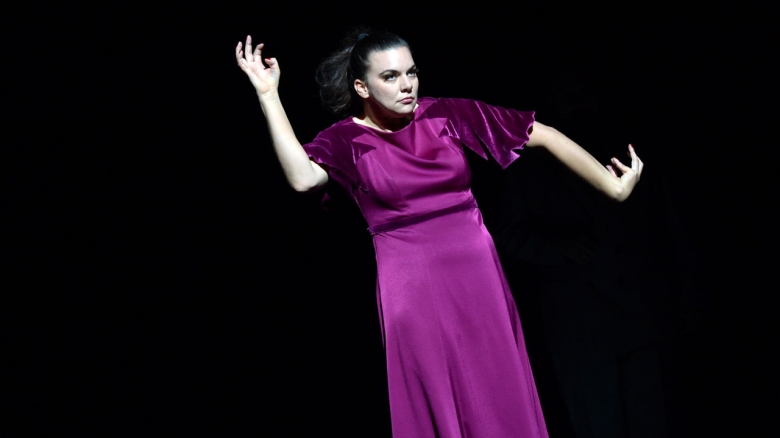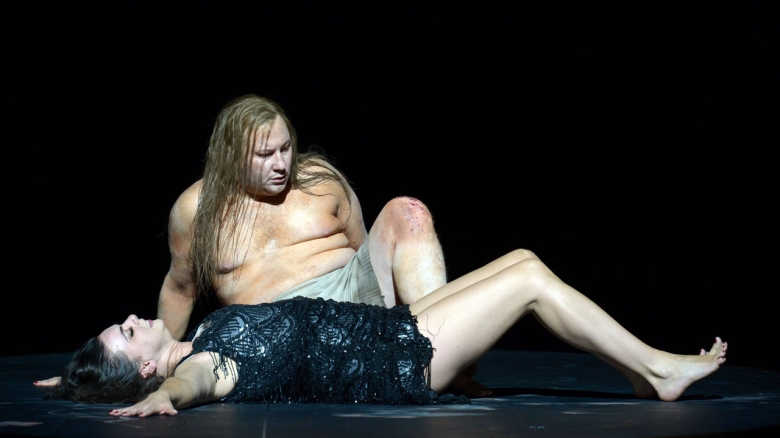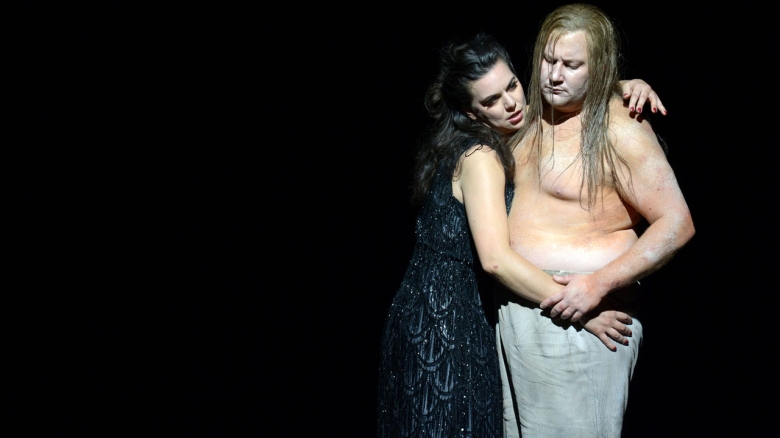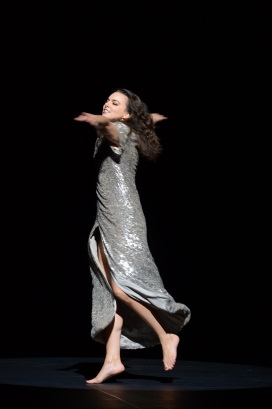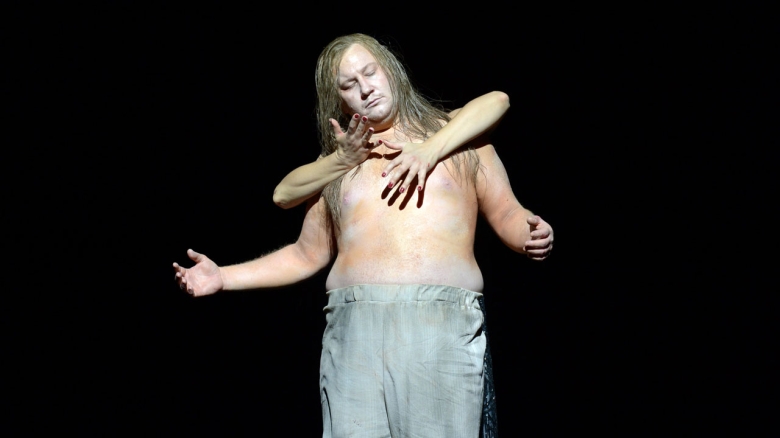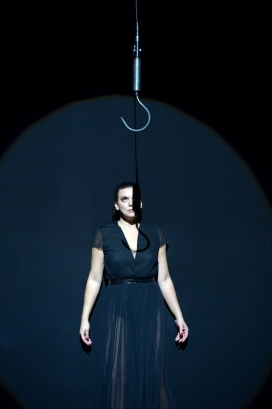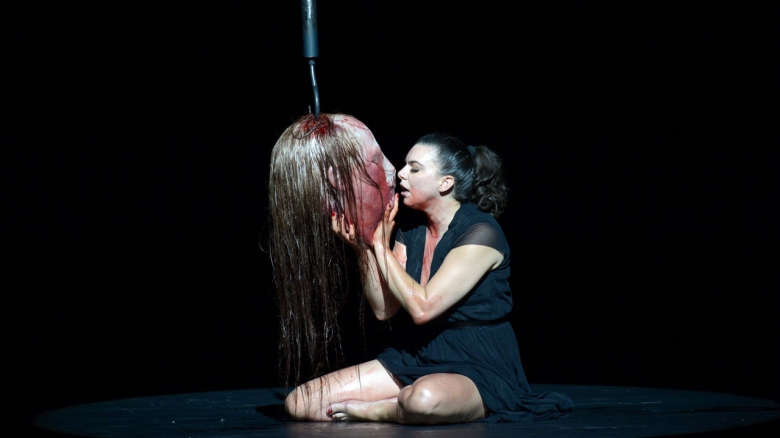Salome
Richard Strauss 1864–1949
Drama in one act
Libretto by the composer based on Oscar Wilde
First performed December 9 1905, Dresden
This production first seen March 1 2020
Sung in German with German & English surtitles
Introductory talks (in German) in the Holzfoyer 30 minutes before performances begin and on video HERE
Salome is Herodias’ daughter and the Tetrarch Herodes’ step-daughter. His captain Narraboth goes into raptures about Salome’s beauty. The voice of the prophet Jochanaan, who's being held prisoner by Herodes, is heard, announcing the coming of Christ. Fascinated by his voice Salome asks the captain to bring Jochanaan to her, although this is strictly forbidden. The prophet laments Salome’s mother Herodias and her step-father’s iniquities. Salome falls in love with him: she wants to touch his body, his hair and kiss his mouth. Narraboth watches them and stabs himself in despair. But the prophet spurns Salome and damns her. Herodes is looking for his step-daughter. Narraboth’s death and the prophets words are giving him panic attacks and terrifying visions. Herodias, badly stung by Jochanaan’s accusations, demands that he be silenced. Herodes asks Salome to dance for him, to calm him down. Herodes has to swear to give her anything she asks for in return. After Salome has fulfilled her step-father’s wish, she asks for the head of the prophet. Herodes, believing him to be a holy man, tries to make her change her mind but, bound by his oath, he is forced to give in and has the prophet beheaded. Salome kisses Jochanaan’s mouth.
Strauss' 100+ minute one act opera exploded onto the world of music at a time of turmoil, the turn of the 20th century. Oscar Wilde, whose play inspired the composer to radical innovation, wasn’t the first to plump for the Salome story from the New Testament, but Wilde’s version concentrates on the clash between sensuality and religion: Salome demands the head of the prophet Jochanaan from her step father Herodes because he promised her anything she wanted if she would dance for him, and to pay Jochanaan back for not finding her attractive. Inspired by the fascinating text Strauss increased his sound language to a never before heard intensity. He didn't bother creating an atmospheric illustration of the text, concentrating instead on the conflict between Salome and Jochanaan, on their radical differences, making the worlds of love, and ideas of what love might be, collide in one enormous, inevitable climax. Director Barrie Kosky and set costume designer Katrin Lea Tag tell a love story entirely from Salome’s perspective: a production marked by concentration and breathtaking intensity.

